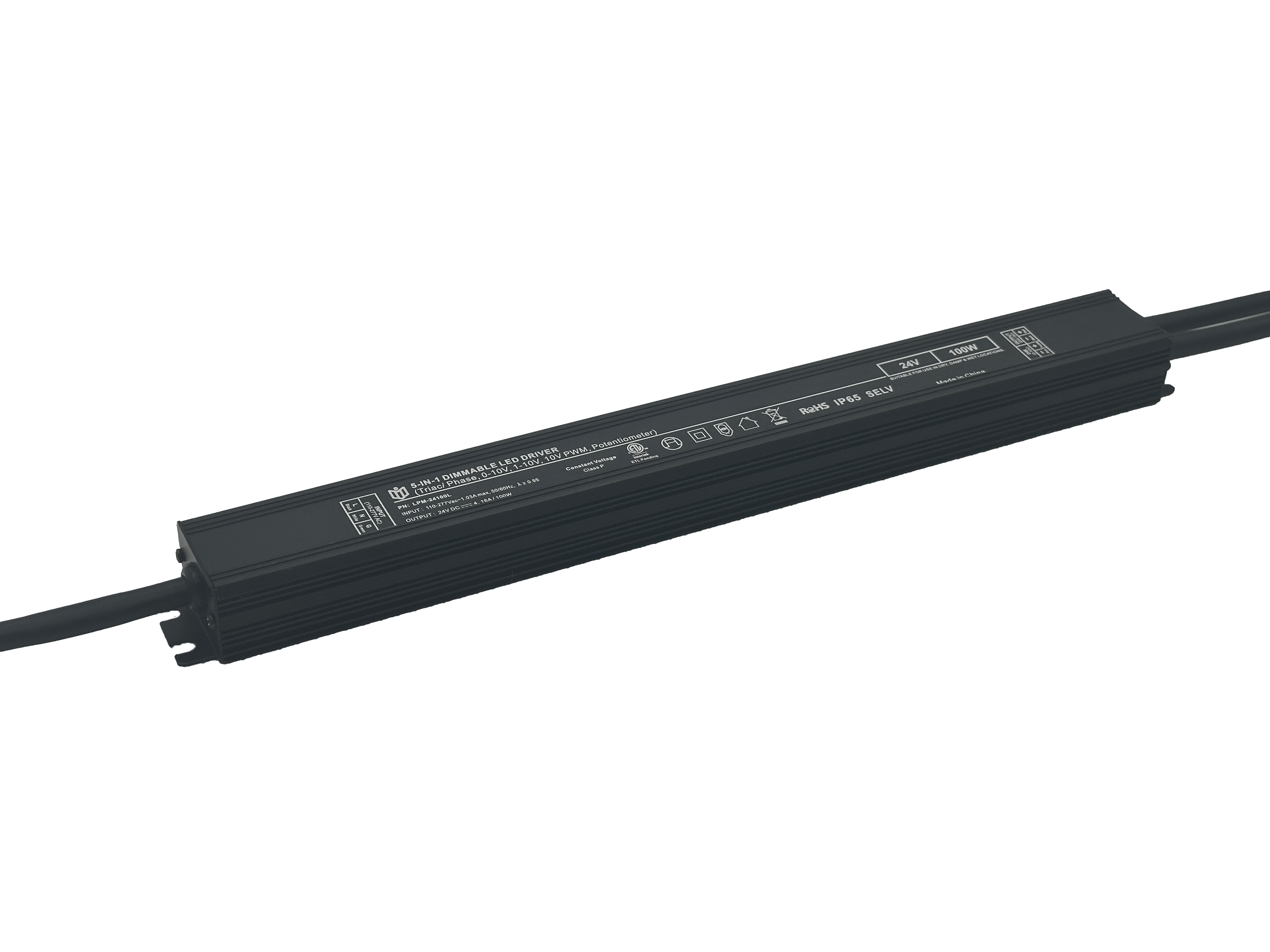Can the innovation speed of LED dimming power supplies keep up with the times?
The global shift toward energy-efficient lighting has positioned LED systems as foundational infrastructure across residential, commercial and industrial applications. Yet behind every flicker-free transition or precise color rendering lies an unsung hero: the dimmable LED power supply unit. These critical components face mounting pressure to evolve faster than ever before – not just technically but also economically and ecologically.

Rapid Technological Disruption Reshapes Industry Standards
Modern buildings demand bidirectional communication protocols like DALI-2 or Zigbee alongside traditional analog controls. Manufacturers now engineer supplies capable of handling complex waveform modulations while maintaining THD levels below 10% across 1-100% load ranges. Thermal management innovations using graphene composites allow compact designs that dissipate heat 40% more effectively than aluminum heatsinks alone. Such breakthroughs require rethinking electromagnetic compatibility (EMC) strategies to prevent interference with Wi-Fi networks operating in license-exempt bands.

Smart Integration Creates New Performance Benchmarks
IoT connectivity transforms basic dimming functions into adaptive environments. Occupancy sensors paired with daylight harvesting algorithms adjust output dynamically, demanding sub-millisecond response times from drivers. Cloud-based analytics platforms further push boundaries by enabling predictive maintenance alerts based on real-time current draw patterns. Field tests show advanced models reduce standby power consumption to mere watts while supporting dimming ranges extending down to 0.1% - a far cry from legacy systems limited to 10% minimum brightness.
Sustainability Imperatives Accelerate R&D Cycles
Regulatory bodies worldwide mandate stricter efficiency tiers (EU Ecodesign Lot 28 compliance now requires >90% conversion rates at partial loads). Designers respond with hybrid switching topologies combining resonant converters and active clamps. GaN transistors shrink form factors by 35% compared to Si counterparts while improving switching losses by half. Lifespan expectations now exceed 100,000 hours under stress testing conditions mimicking tropical climate vibration profiles – all while using recyclable potting compounds free from halogenated flame retardants.
User Experience Drives Differentiation Wars
Consumer electronics giants entering the B2B space raise expectations through touchless gesture controls and voice activation compatibility. Medical facilities require flicker-free operation below 16Hz refresh rates for surgical suites. Horticultural applications need spectral tuning capabilities matching specific photoperiod recipes. Automotive sectors experiment with matrix beam headlamps controlled via programmable drivers – each niche demanding specialized firmware updates delivered wirelessly through OTA protocols.
Supply Chain Volatility Tests Agility
Semiconductor shortages force manufacturers to qualify alternative MOSFET sources without compromising avalanche breakdown ratings. Logistic delays necessitate modular designs allowing field replacement of faulty stages rather than scrapping entire units. Localized production hubs emerge near major markets to mitigate tariff impacts on imported capacitors rated for 105°C operation. Quality assurance protocols increasingly rely on AI-powered optical inspection systems detecting microfractures invisible to human inspectors.
The evidence suggests today's top-tier manufacturers aren't merely keeping pace – they're defining new trajectories for intelligent power management. By leveraging wide bandgap semiconductors, machine learning algorithms and digital twin simulations, next-generation supplies will anticipate usage patterns before users even recognize them. As building automation systems become city-scale neural networks, those who master convergence of hardware durability and software intelligence will illuminate tomorrow's skylines.
 In heritage architecture prote
In heritage architecture prote
 When small-batch customization
When small-batch customization
 Have the electromagnetic emiss
Have the electromagnetic emiss
 When Triac dimmable power supp
When Triac dimmable power supp
